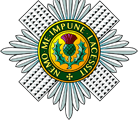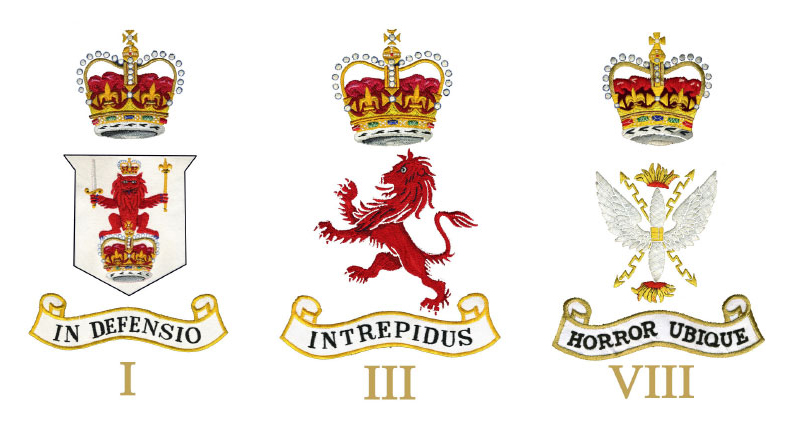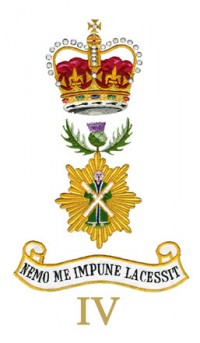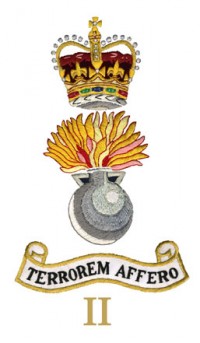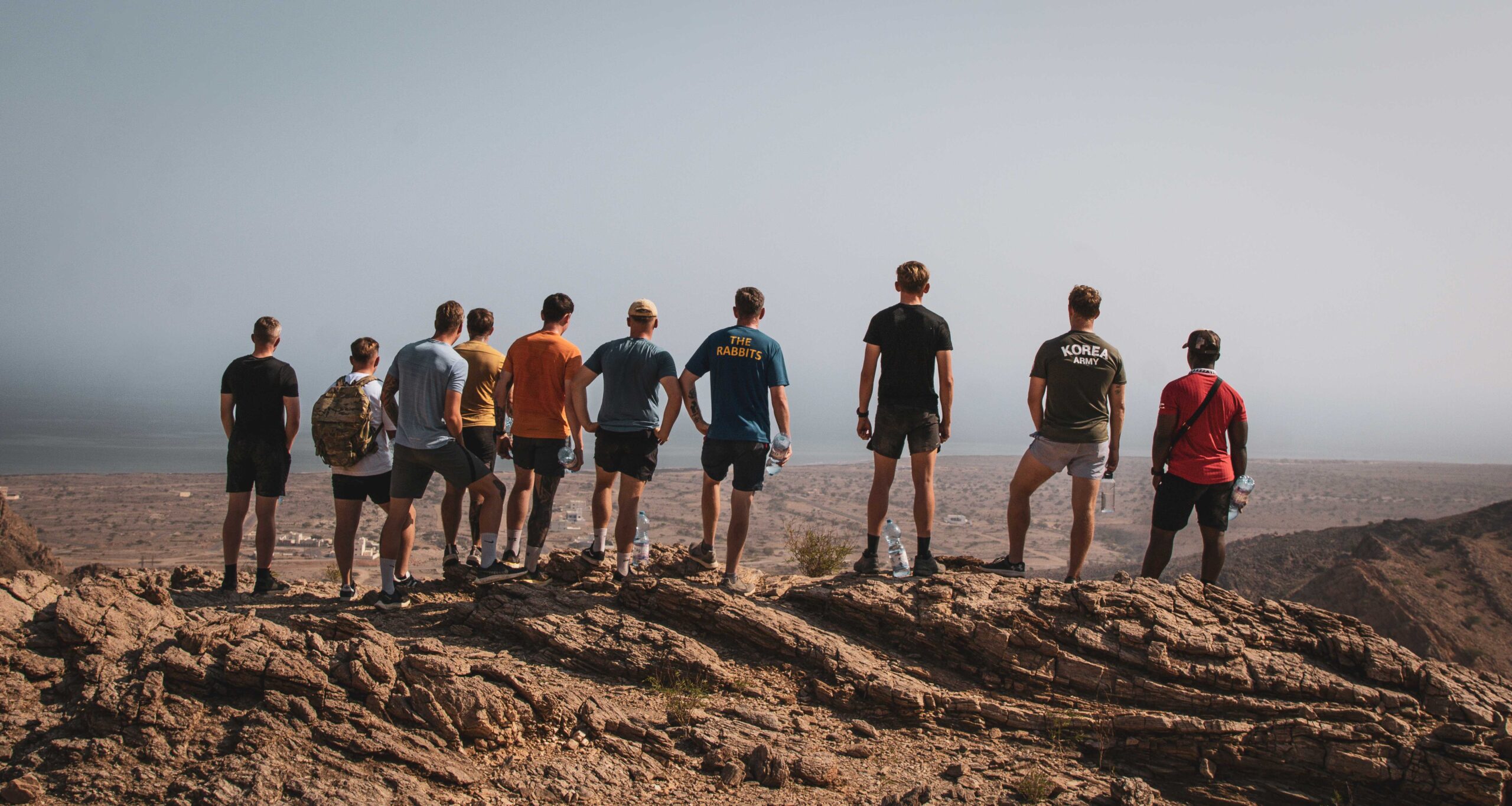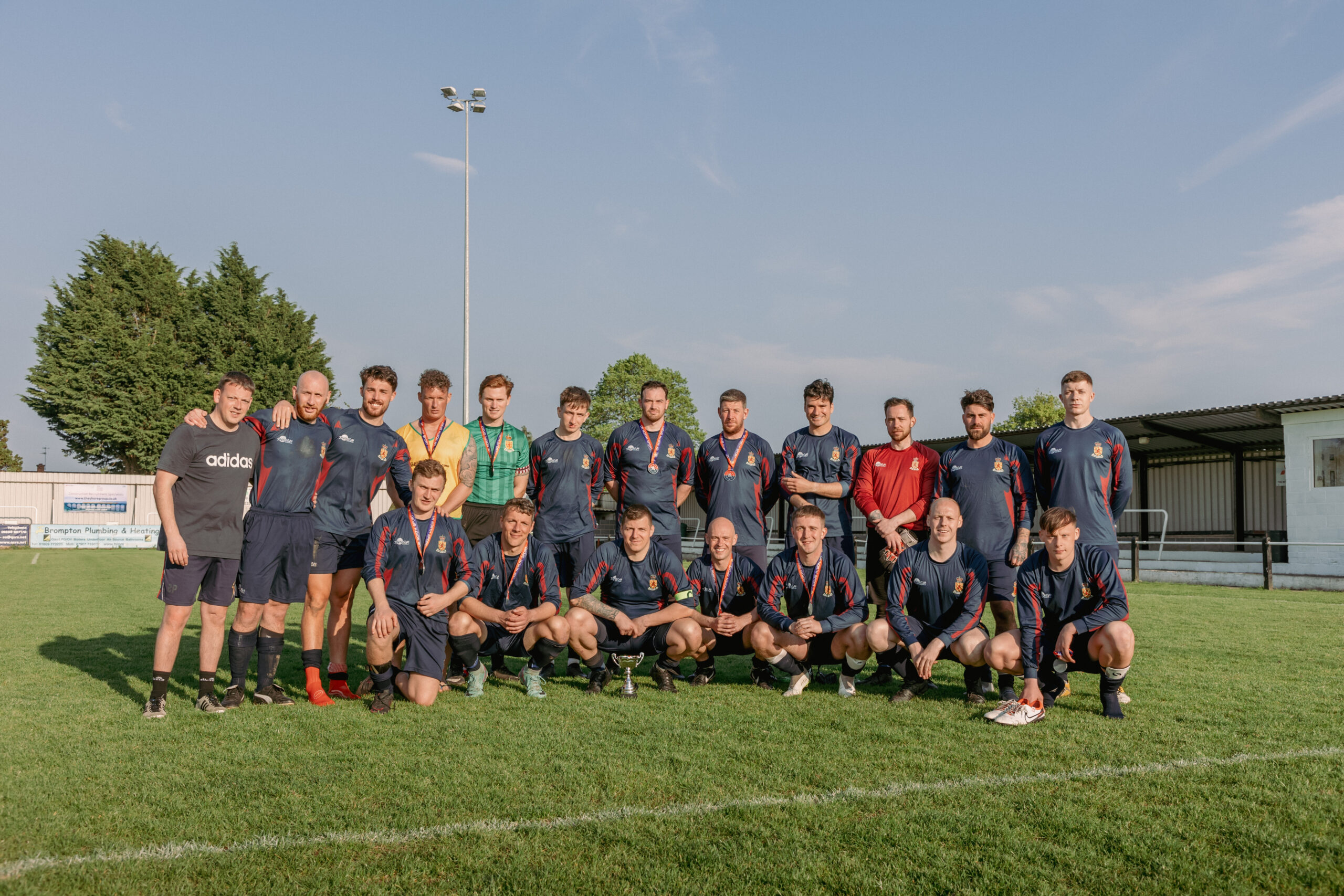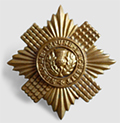Scots Guardsmen are fiercely proud of their history. As fighting soldiers, we have a hard-won reputation, deploying on operations all over the world, most recently in Iraq and Afghanistan.
Scots Guardsmen are primarily infantry soldiers. During the path to becoming a first-class soldier, Guardsmen acquire a large host of specialised skills; including team-medics, armoured vehicle drivers, translators, search specialists, weapons system specialists and a vast array of other disciplines focused on operations today.
The Scots Guards are an infantry regiment steeped in history, with soldiers renowned for their discipline and courage in battle. We are Light Mechanised Infantry as part of 7 Light Mechanised Brigade Combat Team and train to use our speed to cross the battlefield quickly and launch onto difficult objectives.
In addition to our combat role, the regiment’s ceremonial company has the special honour of acting as guards at the royal residencies such as Windsor Castle and Buckingham Palace. Our traditional uniform – a red tunic, with buttons in threes, and bearskin cap, without plume, – is famous the world over.
Right Flank, C Company, and Left Flank are the three rifle companies, each containing between 100 and 150 soldiers. Our rifle companies consist of three platoons and a headquarters. These companies are the 3 main manoeuvre assets of the battalion.
